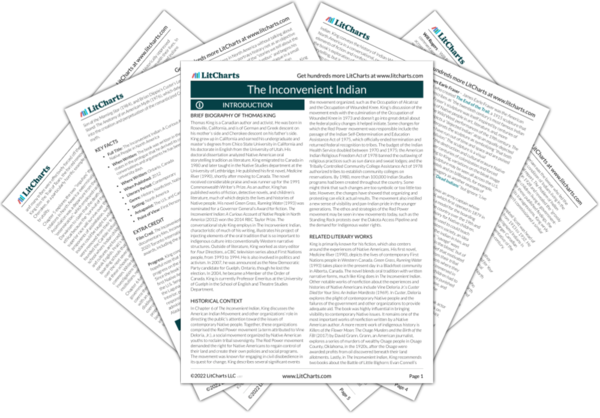Alaska Native land ownership as outlined in ANCSA differed from land settlements awarded to U.S. tribes, whose reservations were (and still are) on leased land. In contrast, “fee-simple land” means the recipient has sole ownership over the land, as well as full authority to utilize it as they please. Another key difference between earlier U.S. Indian policy, such as the Allotment Act, and ANCSA, was that ANCSA entrusted land parcels not to individuals but to specially formed Native corporations. This structure provided Alaska Natives with opportunities for economic development, employment, and the ability to engage in the communal experiences that Allotment had tried to extinguish from Native life.
